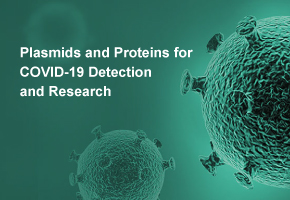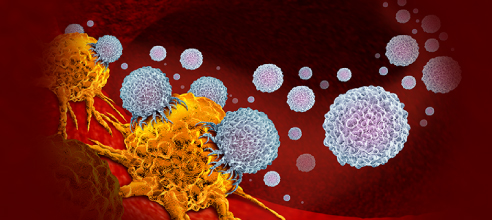What is nanotechnology? How does nanotechnology work?
"Everyone is a writer" program aims to promote the sharing of knowledge and learning together. There are some answers about nanotechnology from this campaign.
What is nanotechnology?
Dean
Baker: Nanotechnology is the study and application of extremely tiny things and
can be used across all the other fields of science, such as chemistry, biology,
physics, materials science, and engineering.
One nanometer is a billionth of a meter, or 10-9 of a meter. Here are a few illustrative examples: Learn More
Qian
Zhang: Nanotechnology is the science and technology of manufacturing materials
with single atoms and molecules, and studies the properties and applications of
materials with structural sizes ranging from 1 to 100 nanometers.
Nano science and technology is based on many modern advanced science and technology, science and technology, it is a dynamic science (dynamic mechanics) and modern science (physical, intelligence… Learn More
Elizabeth Gabriela Macedo Flores: Nanotechnology is a field of research and innovation concerned with building 'things' - generally, materials and devices - on the scale of atoms and molecules. A nanometre is one-billionth of a metre: ten times the diameter of a hydrogen atom. The diameter of a human hair is, on average, 80,000 nanometres. At such scales, the ordinary rules of physics and chemistry no longer apply. Learn More
Kevin Arcos: Nanotechnology is the understanding and control of matter at the nanoscale, at dimensions between approximately 1 and 100 nanometers, where unique phenomena enable novel applications. Encompassing nanoscale science, engineering, and technology, nanotechnology involves imaging, measuring, modeling, and manipulating matter at this length scale. Learn More
How does nanotechnology work?
Elizabeth
Gabriela Macedo Flores: Nanotechnology is the understanding and control of
matter at the nanometer scale, where unique phenomena enable novel
applications. Encompassing nanoscale science, engineering, and technology,
nanotechnology involves imaging, measuring, modeling, and manipulating matter
at this length scale.
Nanotechnologies involve the design, characterization, production, and application of nanoscale structures, devices, and systems that produces structures, devices, and systems with at least one novel/superior characteristic or property. Learn More
Ana
Luiza Dias Abdo Agamme: Nanotechnology involves manipulating and controlling
nanomaterials in a useful way. We can find nanomaterials in nature; examples
are hemoglobin, smoke from fire, volcanic ash, and sea spray.
One of the main benefits of nanotechnology is that it increases the material's surface, which allows more atoms to interact with other materials. This property is responsible for the strength, durability, and conductivity of nanomaterials. Learn More
Related articles
Questions and Answers about Molecular Cloning
What is next-generation sequencing?
Questions and Answers about Vaccine
Questions and Answers about Cancer Treatment and Personalized Diagnostics
- Like (2)
- Reply
-
Share
About Us · User Accounts and Benefits · Privacy Policy · Management Center · FAQs
© 2025 MolecularCloud




